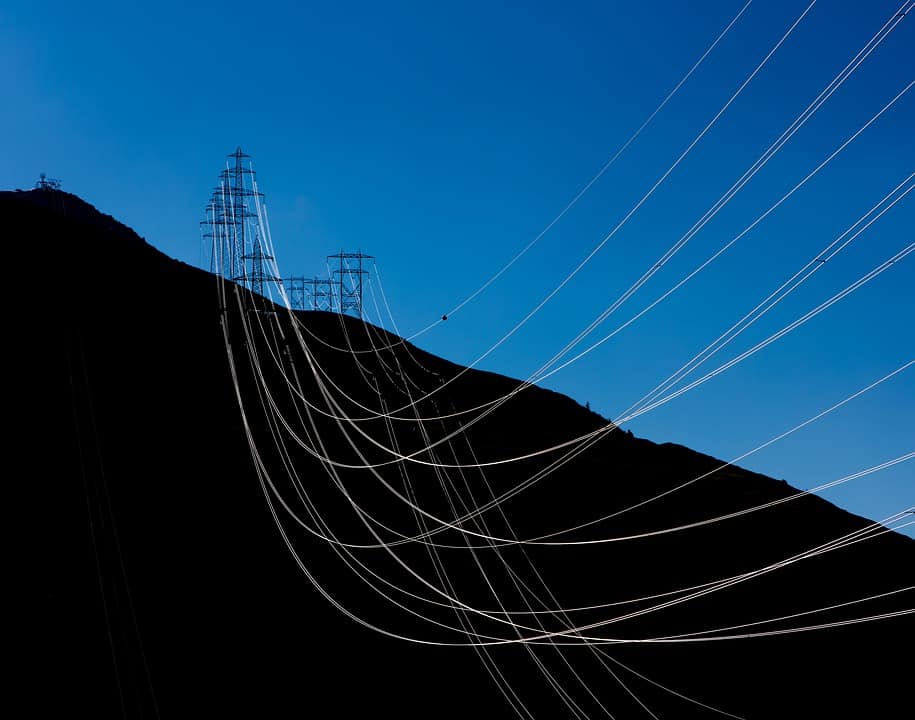California Revises Load Management Standards to Help Consumers Manage Peak-Time Energy Use

The California Energy Commission has implemented updates to the state’s load management standard that will provide customers more well-timed and precise data on electricity costs. The availability of this information will assist consumers in controlling energy use, and become vital during periods when demand is high. In principle, the updates support grid reliability and lower utility bills as a result of automation and time of use rates.
The commission due to its legal authority has the ability to adopt procedures to assist altering energy usage and implement load management. Load altering essentially moves electricity consumption from one time period to another and offers the state an effective tool to strengthen grid dependability during the early evening, when demand rises and renewable generation, in particular solar generation declines.
Early estimates by the commission suggest that the updates could produce $243 million in net benefits over a 15 year period and could lower annual peak hourly electricity consumption by 120 gigawatts per hour. Moreover, the updates are expected to assist customers in taking benefit of utilities’ lower time-dependent rates so smart applications can be utilised and structures can routinely react to regular rate changes that indicate electricity grid requirements. This will protect customers’ income by altering usage to periods of inexpensive or plentiful electricity. Further, a stable electricity grid decelerates the growth of electricity costs, improves the grid, lessens the demand for fossil fuel facilities, and prevents electricity transmission and distribution congestion.
The update procedures are expected to be in place by April 1, 2023. Moreover, Pacific Gas and Electric, Southern California Edison, San Diego Gas & Electric, Sacramento Municipal Utility District, Los Angeles Water and Power, and large community choice aggregators will be required to make a number of enhancements.
The companies will be required to expand retail electricity prices that adjust as a minimum hourly to consider grid expenditures and greenhouse gas emissions and are authorized by their governance panel. In addition, they will have to provide up-to-date rates in a database called the Market Informed Demand Automation Server, which will act as a shared source for all price information. Finally, the companies will need to inform consumers regarding time-dependent prices and automation technologies to promote their implementation.
EnerKnol Pulses like this one are powered by the EnerKnol Platform—the first comprehensive database for real-time energy policy tracking. Sign up for a free trial below for access to key regulatory data and deep industry insights across the energy spectrum.
ACCESS FREE TRIAL